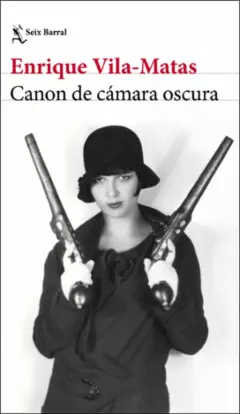Jean Dubuffet e Venezia

Jean Dubuffet e Venezia
36,00 €
ENVIAMENT GRATUÏT*
Sense existències ara
Rep-lo a casa en una setmana per Missatger o Eco Enviament*
The roots of the strong link between Jean Dubuffet and Venice lie in the past. It is no accident that the city has hosted two famous exhibitions that marked crucial stages in the artist’s career: one held in Palazzo Grassi in 1964 and another in the French pavilion at the 1984 Biennale. In both cases, the artist himself chose the setting in which he wanted his latest work to be shown for the very first time.
This elegant book, published to coincide with the exhibition of the same title being held in Palazzo Franchetti, a splendid fifteenth-century palazzo directly overlooking the Grand Canal, is the result of an invaluable and fruitful collaboration between the Dubuffet Foundation and ACP, the company that runs the exhibition site.
The exhibition covers the three most important cycles in the artist’s oeuvre, each copiously illustrated in the book. The first is the Célébration du solseries from the 1950s, in which the artist explores the infinite effects of the material of which the earth is composed, which includes his Matériologies and Texturologies. The L’Hourloupe series, the true wellspring of Dubuffet’s art, which “makes sense of what came before and was to come after,” as Daniel Abadie has written, covers the years 1962 to 1974 and was first presented at the Palazzo Grassi exhibition in 1964. This is a very busy, almost riotous art, as the very term “Hourloupe” (from the French entourloupe, a trick) suggests, which aims to create an alternative world that is able to dig down to the core of reality. The last cycle is the Mires series dating from the 1980s, which is made up of paintings displaying flowing, brightly coloured brushwork that extends the physical boundaries of the work.
There is every reason to suppose this slender book will become a collector’s piece, containing as it does an array of drawings, gouaches, and other material, such as photographs, letters, and articles by Dubuffet, thus providing the reader with a full perspective on the artist’s daring experiments.















